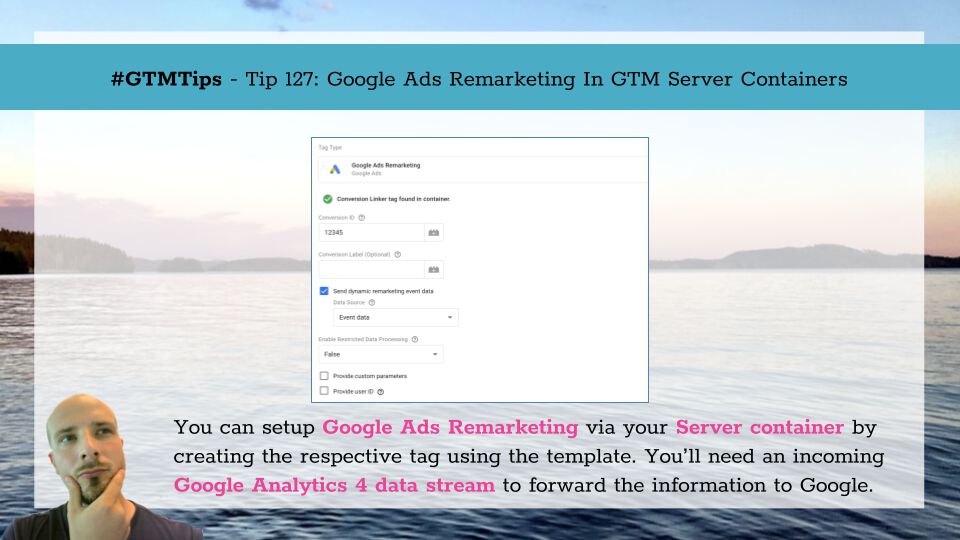Setting up cross-domain tracking in Google Analytics 4 has been well-documented.
The main departure from Universal Analytics is how cross-domain measurement is something you configure through the Google Analytics user interface rather than through implementation and JavaScript.
While this approach is obviously beneficial especially for those who lack the know-how or the resources to configure the JavaScript trackers, it does lead to problems, too.
In this article, I want to tackle these edge cases.
For many, it seems, one of the most important justifications for server-side Google Tag Manager is its resilience to ad and content blockers. After all, by virtue of serving the container JavaScript from your own domain, you escape many of the heuristic devices today’s blocker technologies employ.
Well, I’ve gone on record over and over again to say how this is poor justification for using server-side GTM. By circumventing the user’s wish to block scripts, you are disrespecting them and forcing their browser to download scripts that they wanted to avoid downloading in the first place.

Google has released the Google Ads Remarketing tag for server-side tagging in Google Tag Manager.
Functionally, it’s remarkably similar to the Conversion Tracking tag they released previously. In fact, you should go ahead and read that article first, so that you have an understanding of how Google Ads tracking works through Server containers!
Follow this link to read the official documentation.
In this article, I’ll walk you through how to set things up, and I’ll also provide an overview of how it works.

The FPID cookie in server-side tagging for Google Tag Manager is an HttpOnly, server-managed ID cookie that’s designed to replace the JavaScript-managed _ga cookie used by Google Analytics 4 and Universal Analytics.
For more details about the cookie itself, check out my previous article on FPID.
In that article, I mentioned one caveat for adopting FPID being the fact that cross-domain tracking will not work.
I mean, how could it? FPID is an HttpOnly cookie, which means it’s not available to JavaScript in the browser.
One of the biggest blockers for Google Tag Manager’s server-side tagging to slip out of beta is Google Ads. Until server-side tagging supports a solution for both conversions and remarketing capabilities to be reproduced server-side, it’s unlikely that Server containers will lose their beta label.
While I can’t say what will happen to the beta label now, the fact is that Google Tag Manager has now released support for Conversion tracking using server-side tagging.

Since Google Tag Manager released the manual setup guide for server-side tagging, my mind has been spinning with the idea of walking through the deployment into Amazon’s AWS.
I personally prefer Google Cloud Platform over AWS, because I think it’s so much more user-friendly. Even though in this guide we’ll be utilizing one of the simplest AWS services, Elastic Beanstalk, the deployment is still much more complex than if you were to use GCP’s App Engine.

Last updated 1 December 2023: New consent signals added
Ever since Google Analytics released the first features of consent mode, I’ve been anxiously waiting for news about a more tightly-knit integration with Google’s preferred implementation solution: Google Tag Manager.
In a recent release, Google released a veritable cornucopia of new features that should assist in determining and implementing consent not just across Google tags, but any tags running in the container.

